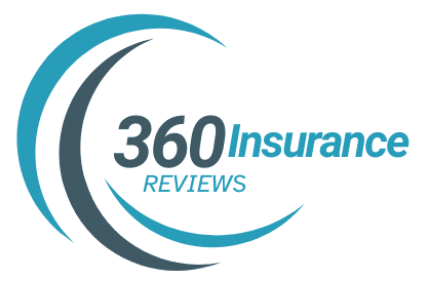A recent court ruling has clarified how insurance companies handle layered policies in liability cases. The Eighth Circuit Court of Appeals made its decision on July 2, 2025, reversing a previous district court ruling that required Hartford Fire Insurance Company and Chubb Custom Insurance Company to share a $2 million wrongful death settlement equally.
The case stems from a tragic incident where Michael Swanson, an employee of Edward Jones Trust Company, accidentally struck and killed a motorcyclist while driving his parents’ car. His personal auto insurance covered part of the damages, but there was still a $2 million gap that needed to be addressed.
Swanson had additional coverage through his employer, which included two policies: one from Hartford that provided primary coverage for company vehicles and excess coverage for non-owned vehicles, and another from Chubb that was an excess liability policy for Edward Jones and its employees.
Both insurers acknowledged that Swanson’s personal auto policy paid first. However, they disagreed about which of their policies should pay next. Hartford argued that its policy was supposed to pay after all other insurance, while Chubb claimed its policy would only kick in after all underlying insurance was exhausted.
In the lower court, Hartford contended that the wording in both policies was contradictory, leading to a decision that required both insurers to split the payment equally. The Eighth Circuit, however, disagreed, stating that the policies were not in conflict. They highlighted that Hartford’s wording about "collectible" insurance meant that its policy had to pay after the personal auto coverage and before Chubb’s policy.
This ruling emphasizes the importance of precise language in insurance policies, especially when multiple insurers are involved. It serves as a reminder for insurance professionals to carefully review policy wording to avoid disputes over payment responsibilities in future claims.
The decision does not drastically change how excess insurance is approached in the industry, but it does provide clearer guidance for insurers on how their policies might interact during claims. This case will likely influence how companies draft their insurance policies and how they handle similar situations in the future.
